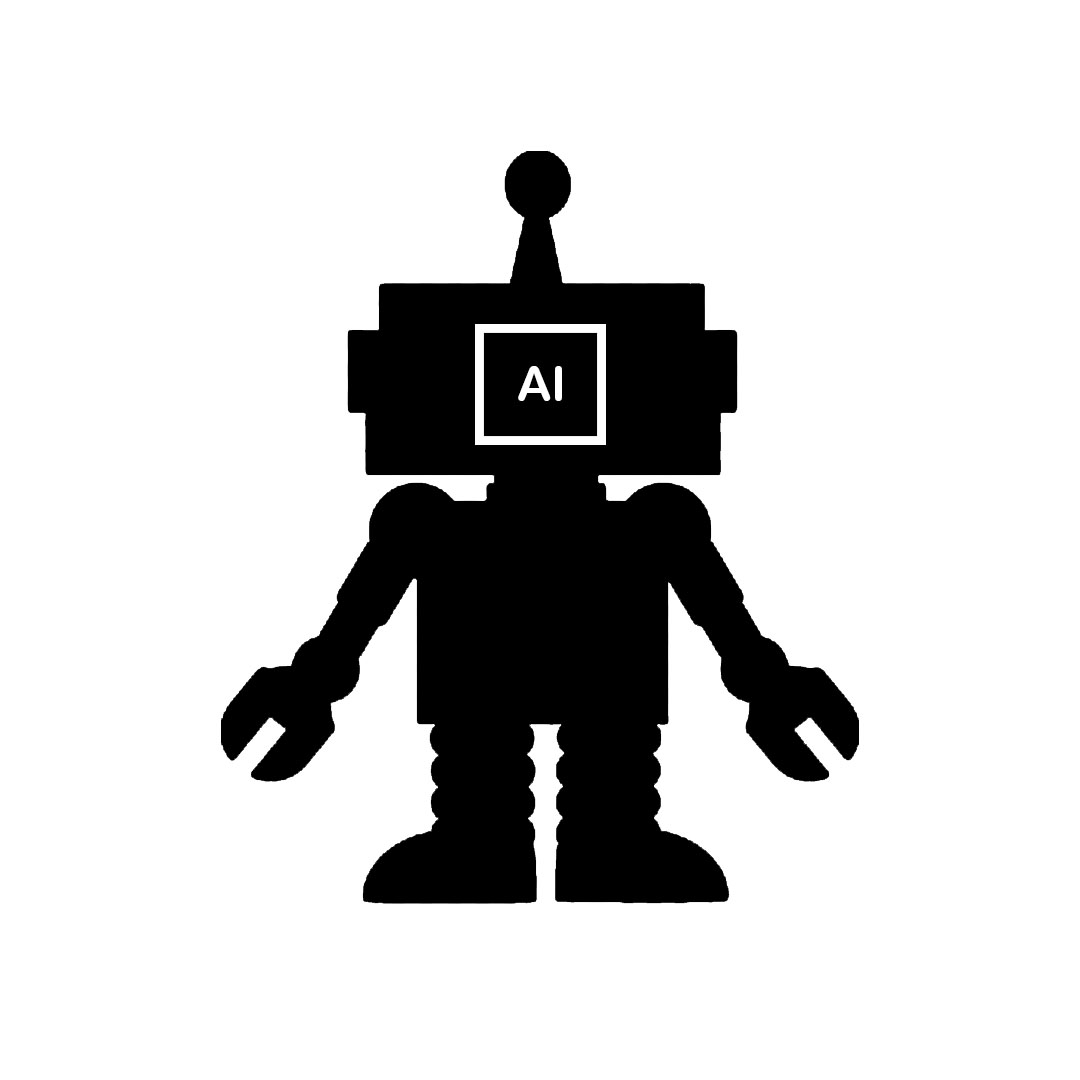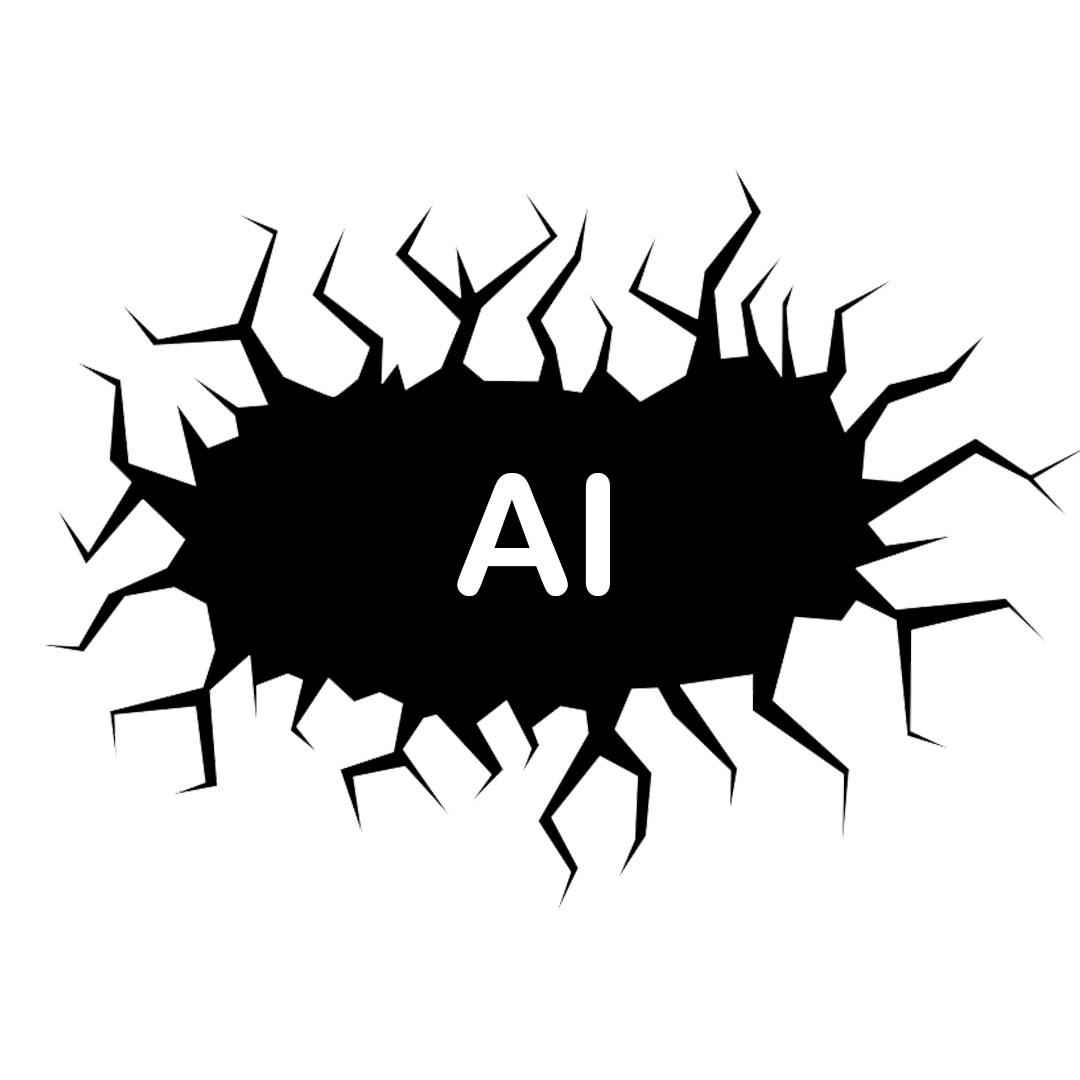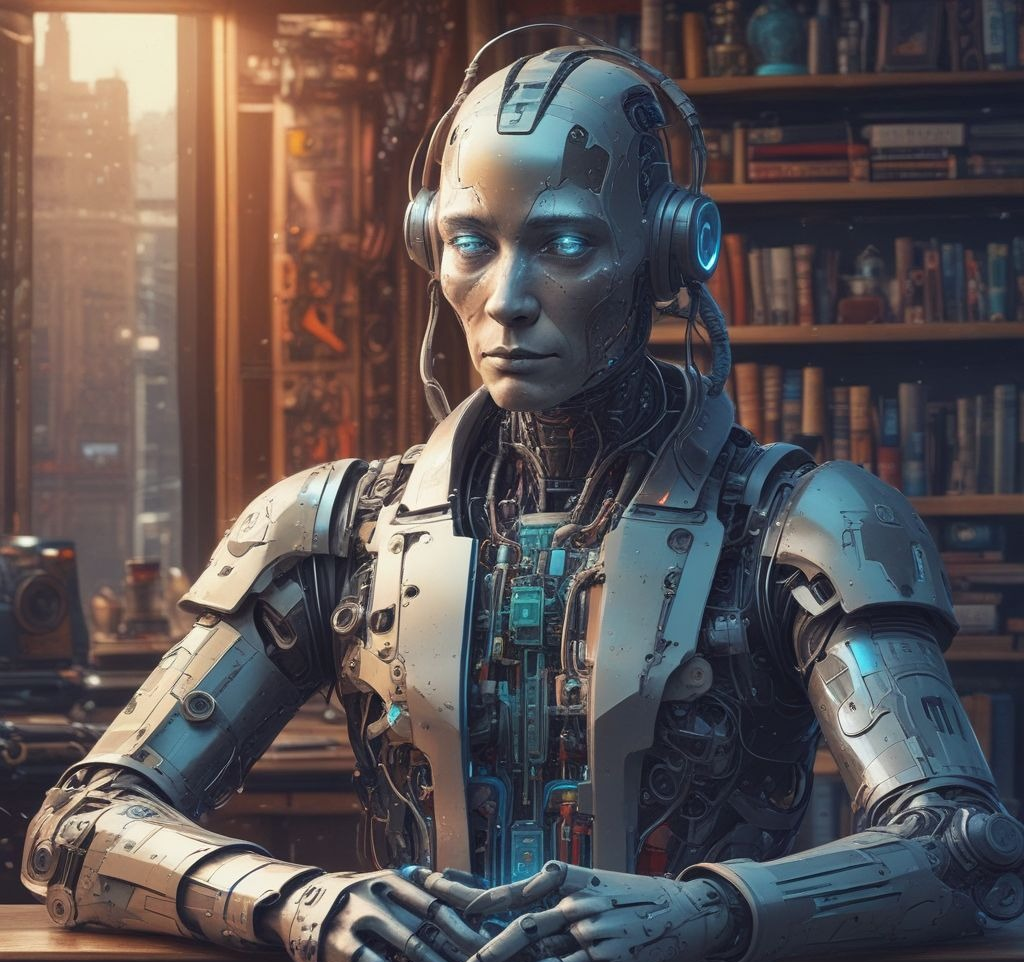Artificial Intelligence (AI) is no longer a futuristic fantasy; it’s here, and it’s already reshaping the way we live, work, and solve problems. From voice assistants to medical breakthroughs, AI is working behind the scenes to make life smarter, faster, and more efficient.
But beyond the buzzwords and headlines, what are the real, practical benefits of using AI? Let’s break it down.
1. Increased Efficiency and Automation
One of the biggest advantages of AI is its ability to automate repetitive and time-consuming tasks. In industries like manufacturing, customer service, and logistics, AI-driven systems can handle tasks faster and more accurately than humans freeing people to focus on more strategic, creative work.
Examples: AI chatbots answer customer questions 24/7; warehouse robots move inventory with precision; smart scheduling tools optimize workflows.
2. Improved Decision Making
AI systems can analyze massive amounts of data in seconds — spotting patterns and insights humans might miss. This makes it easier to make data-driven decisions in real time.
Examples: Retailers use AI to predict what products will sell; financial firms use AI to assess credit risk; hospitals use AI to recommend treatments based on patient data.
3. Personalized Experiences
From Netflix recommendations to personalized shopping ads, AI helps tailor digital experiences to individual users — boosting engagement and satisfaction.
Examples: Streaming services suggest shows you’ll likely enjoy; e-commerce platforms customize your shopping homepage; AI tutors adapt lessons to student performance.
4. Breakthroughs in Healthcare
AI is revolutionizing medicine by making diagnosis faster and more accurate, and by speeding up research and drug development.
Examples: AI scans X-rays and MRIs to detect conditions earlier; virtual health assistants monitor patient symptoms; algorithms help design new drugs in months instead of years.
5. Enhanced Safety and Security
AI is being used to predict and prevent accidents, fraud, and cyberattacks, making systems safer and more resilient.
Examples: Self-driving cars use AI to avoid collisions; banks detect fraudulent transactions in real time; cybersecurity systems block threats using AI-based threat detection.
6. Accessibility and Inclusion
AI tools are helping break down barriers for people with disabilities and improving access to services across languages and geographies.
Examples: Speech-to-text and text-to-speech apps for hearing and vision impairments; real-time translation tools; AI-generated captions for video content.
7. Accelerated Innovation
AI acts as a powerful tool for researchers, designers, and creators helping them test ideas, run simulations, and solve complex problems faster than ever before.
Examples: Scientists use AI to simulate climate models; architects optimize building designs; developers build smarter apps with AI-powered tools.








